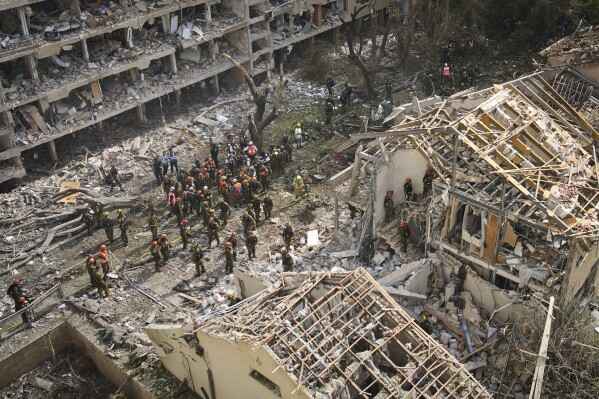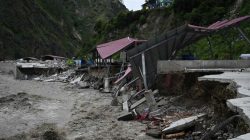U.S. Strikes on Iranian Nuclear Facilities: Mixed Results and Ongoing Debates
Recent reports have highlighted the outcomes of the U.S. airstrikes targeting Iranian nuclear facilities, revealing a mixed picture of damage and potential recovery. According to an intelligence assessment, only one out of three key sites suffered significant destruction, while the others experienced minimal damage and could be operational again within months if Iran decides to resume activities.
The attack primarily targeted the Fordow nuclear facility, which is considered one of the most critical sites in Iran’s nuclear program. U.S. officials have stated that this strike set back Iran’s uranium enrichment efforts by at least two years. Two senior officials confirmed the success of the operation, emphasizing its impact on Iran’s nuclear ambitions.
However, the situation at the other two sites—located in Isfahan and Natanz—appears less severe. These facilities were not significantly harmed, and officials believe they could be restored relatively quickly. The extent of their recovery will depend on Iran’s decisions and actions moving forward.
Despite these claims, Reuters has not independently verified the reports from NBC News. Additionally, the White House has not provided an official response to requests for comment. However, White House spokeswoman Anna Kelly reportedly told NBC that “Operation Midnight Hammer completely destroyed Iran’s nuclear capabilities,” echoing previous statements made by President Trump.
Pentagon spokesperson Sean Parnell also supported the administration’s stance, stating that President Trump was confident in the results of the strikes. He emphasized that the Fordow, Isfahan, and Natanz sites were destroyed and that there was no doubt about this outcome.
The timing of the strikes coincided with heightened tensions between Iran and Israel. The U.S. justified the attacks by alleging that Iran was working toward developing nuclear weapons. In contrast, Iran has consistently maintained that its nuclear program is for peaceful purposes. Iranian Foreign Minister Abbas Araghchi admitted that the Fordow site was heavily damaged, but he did not acknowledge any broader implications for Iran’s nuclear program.
Key Points from the U.S. Strike Assessment
- Fordow Facility: Suffered significant damage, potentially setting back uranium enrichment efforts by two years.
- Isfahan and Natanz Sites: Experienced minimal harm and could be restored within months if Iran chooses to resume operations.
- White House Statements: Officials claimed the operation completely destroyed Iran’s nuclear capabilities, though these claims remain unverified.
- Iranian Response: Maintained that the nuclear program is for peaceful purposes, despite admitting damage to the Fordow site.
International Reactions and Concerns
The strikes have raised concerns among international observers about the potential escalation of regional tensions. While the U.S. emphasizes the necessity of preventing Iran from acquiring nuclear weapons, critics argue that such actions could further destabilize the region.
The lack of independent verification of the reports adds to the uncertainty surrounding the true impact of the strikes. This ambiguity highlights the importance of transparent and reliable information in assessing the effectiveness of military actions.
As the situation continues to evolve, the international community remains closely watching how Iran responds to the damage and whether it will pursue further nuclear development. The balance between security concerns and diplomatic engagement will likely shape the future of Iran’s nuclear program and its relations with the global community.







